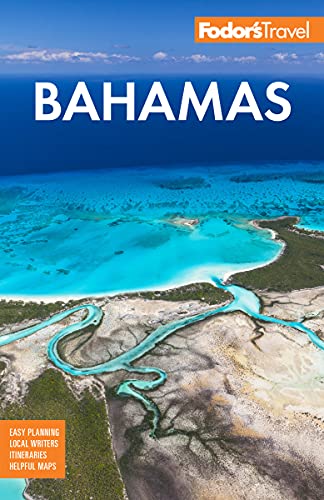Crooked Island is 30 miles long and surrounded by 45 miles of barrier reefs that are ideal for diving and fishing. They slope from 4 feet to 50 feet, then plunge to 3,600 feet in the Crooked Island Passage, once one of the most important sea roads for ships following the southerly route from the West Indies to the Old World. If you drive up to the Cove settlement, you get an uninterrupted view of the region all the way to the narrow passage at Lovely Baybetween Crooked Island and Acklins Island. Two lighthouses alert mariners that they are nearing the islands.
The tepid controversy continues today over whether Columbus actually set foot on Crooked Island and its southern neighbor, Acklins Island. What's known for sure is that Columbus sailed close enough to Crooked Island to get a whiff of its native herbs. Soon after, the two islands became known as the "Fragrant Islands." Today Crooked and Acklins islands are known as remote and unspoiled destinations for fishermen, divers, and sailors who value solitude. Here phone service can be intermittent, Internet connections can be hard to find, and some residents depend on generators for electricity. Even credit-card use is a relatively new development. The first known settlers didn't arrive until the late 18th century, when Loyalists brought slaves from the United States to work on cotton plantations. About 400 people, mostly fishermen and farmers, live on each island today. Two plantation-era sites, preserved by the Bahamas National Trust, are on Crooked Island's northern end, which overlooks Crooked Island Passage that separates the cay from Long Island. Spanish guns have been discovered at one ruin, Marine Farm, which may have been used as a fortification. An old structure, Hope Great House, has orchards and gardens.






